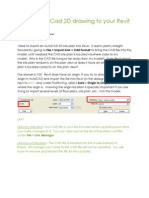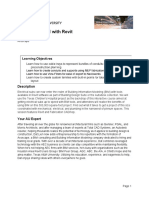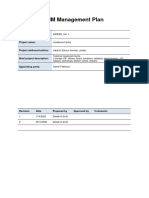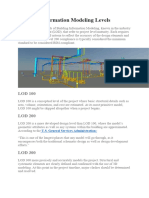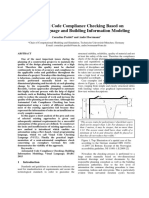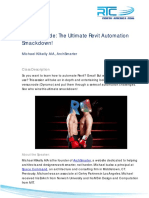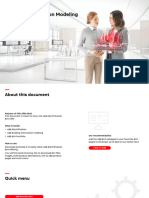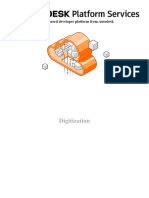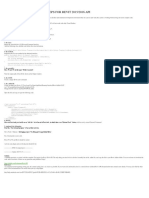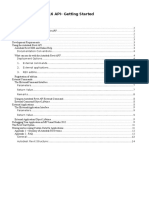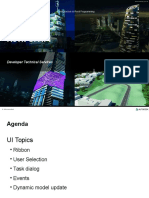0% found this document useful (0 votes)
180 views14 pagesRevit Intro Lab1 - Hello World
This document describes creating a basic 'Hello World' external command and application in Revit using Visual Studio. It covers implementing an external command class, adding references, namespaces, attributes, and a manifest file to register the add-in with Revit. Screenshots of the sample outputs are also included.
Uploaded by
Ramesh KurmaCopyright
© © All Rights Reserved
We take content rights seriously. If you suspect this is your content, claim it here.
Available Formats
Download as DOCX, PDF, TXT or read online on Scribd
0% found this document useful (0 votes)
180 views14 pagesRevit Intro Lab1 - Hello World
This document describes creating a basic 'Hello World' external command and application in Revit using Visual Studio. It covers implementing an external command class, adding references, namespaces, attributes, and a manifest file to register the add-in with Revit. Screenshots of the sample outputs are also included.
Uploaded by
Ramesh KurmaCopyright
© © All Rights Reserved
We take content rights seriously. If you suspect this is your content, claim it here.
Available Formats
Download as DOCX, PDF, TXT or read online on Scribd
/ 14



